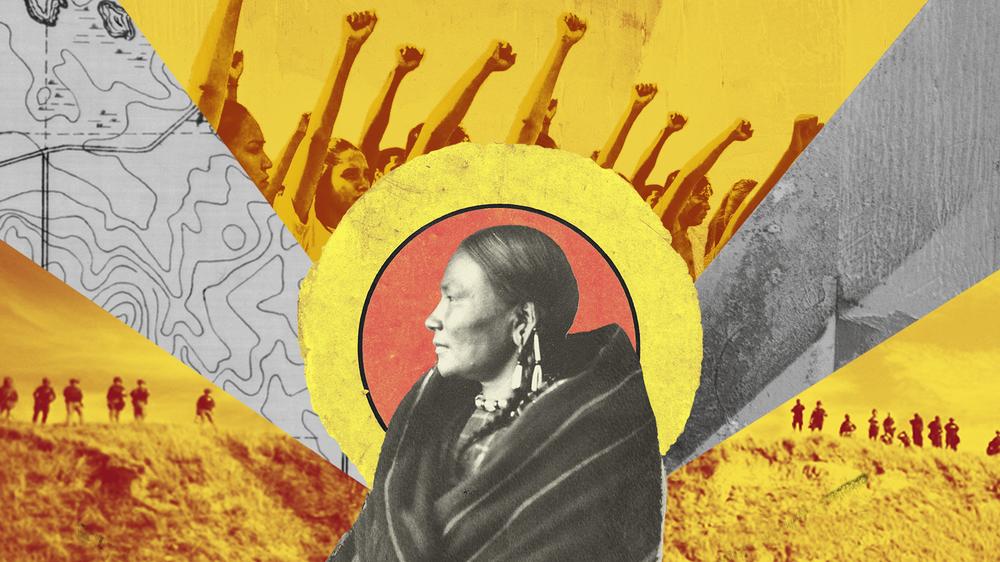As of April 4, the Dakota Access Pipeline has been completed and is ready for operation. (Courtesy of Viceland)
Katrina Desrosiers
Connector Editor
Though the mainstream media coverage about the Dakota Access Pipeline (DAPL) has slowed and construction has begun, Native American residents are still fighting to protect their sacred land.
To draw attention back to the fights indigenous communities in the U.S. and Canada face every day, TV network Viceland developed a documentary series called “Rise.” The premiere episode, “Sacred Water: Standing Rock, Part I,” features Sioux Tribe natives trying to protect their land from the addition of the DAPL. With creation of the pipeline underway, the Standing Rock Reservation sacred land in North and South Dakota is severely threatened.
The premiere starts with a group of Native Americans chanting: “What do we do when our water is under attack? Stand up, fight back.” “Water” is replaced with “people,” “land” and “lives” later on in additional chants. The indigenous people have emotional ties to their land and this is clear in the episode; they aim to do anything they can to stop the progression of the pipeline.
In the show, 200 Native American tribes gathered at Standing Rock Reservation to peacefully protest against the DAPL, which was the largest mass gathering of natives in over a century. Sarain Fox, the host of “Rise,” visited Sacred Stone Camp at Standing Rock first in May 2016 and collected stories and information about the impact the DAPL would have on these indigenous communities. She visited again in August 2016 when the status of the pipeline changed, eventually leading the project to be approved.
Viceland and host Fox accomplish a lot in just one episode of “Rise.” They are able to capture the raw emotion felt by these Native Americans and the struggles they have faced in the U.S. As a way to accompany the stories and experiences shared by those Fox interviewed, “Sacred Water” included eye-opening snippets from old black and white videos from the 1870s and Facebook Live videos.
One of these videos, shown in black and white, showcases something that is still prevalent today in these communities: the oppression children face in school. Fox found that many children are sent to boarding schools where they are abused physically and emotionally, which can lead to these children abusing drugs and alcohol as they get older. She identifies this is a huge problem much of the Sioux Tribe has to cope with.
A more recently made video produced using Facebook Live is also powerful. In an effort to reach out to her community, Standing Rock resident Bobbi Jean “Three Legs” recorded the live video around the time when construction for the DAPL actually began. She was begging them to put down the alcohol and drugs just for one day to help protect their land.
Fox gathers many stories from the Standing Rock residents in the premiere episode of “Rise,” and in an effort to add to these accounts, the production of the show features exquisite scene transitions. There are horses roaming freely on open land, music produced by Native American tribes and other beautiful views of the Earth shown. By incorporating these transitions, “Rise” is indirectly saying that all of this beauty will be taken away and lost if DAPL construction continues and is approved.
The emotion and stories Fox discovered in every interview she conducted is what these residents have to live through every day, and at parts she started tearing up. Native American land is under attack because of the thought of implementing DAPL, but these residents want their voices to be heard. One of the most powerful quotes one man, who remained anonymous, said is for everyone to “be kind; be a human.”
The first season of “Rise” is available to watch for free at viceland.com.




